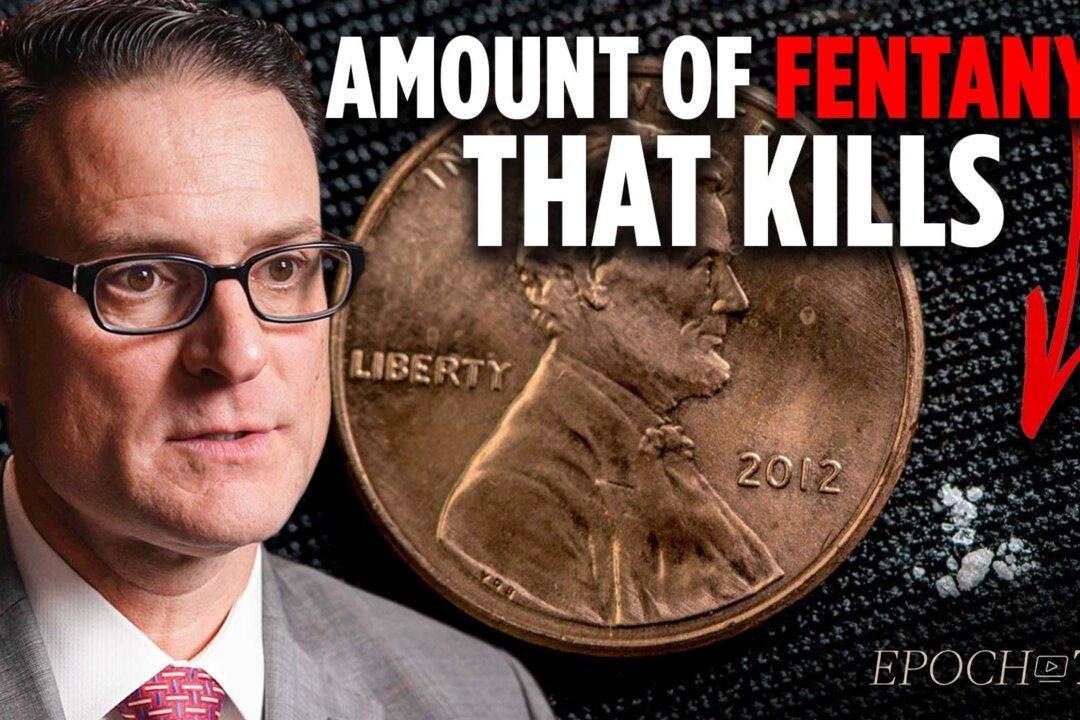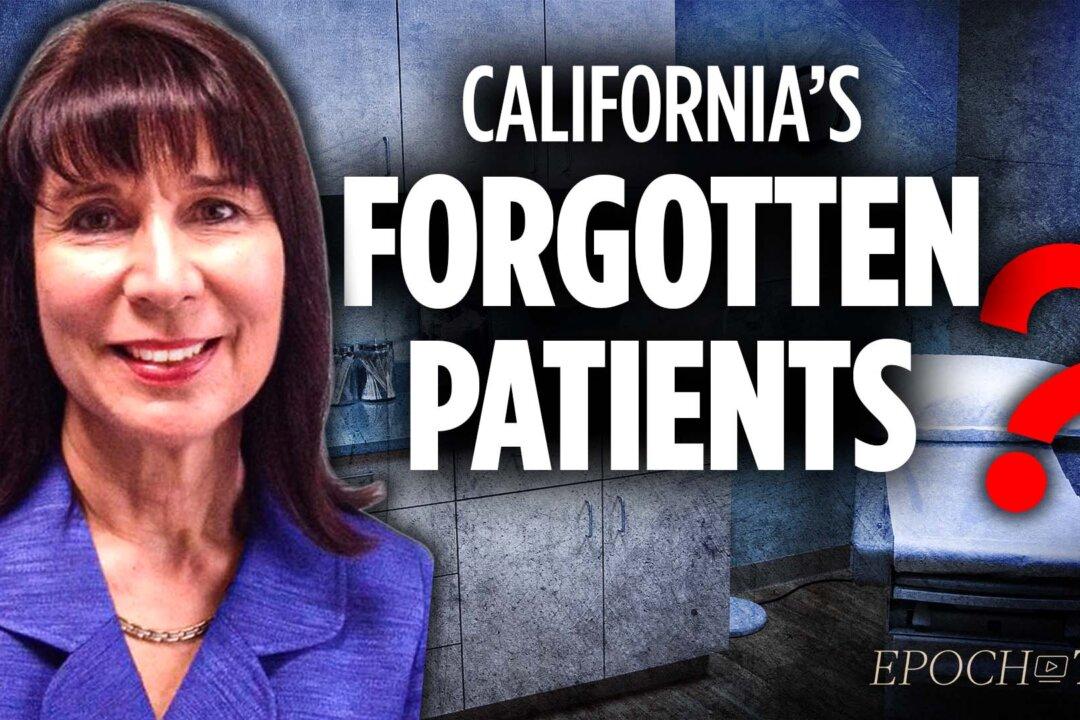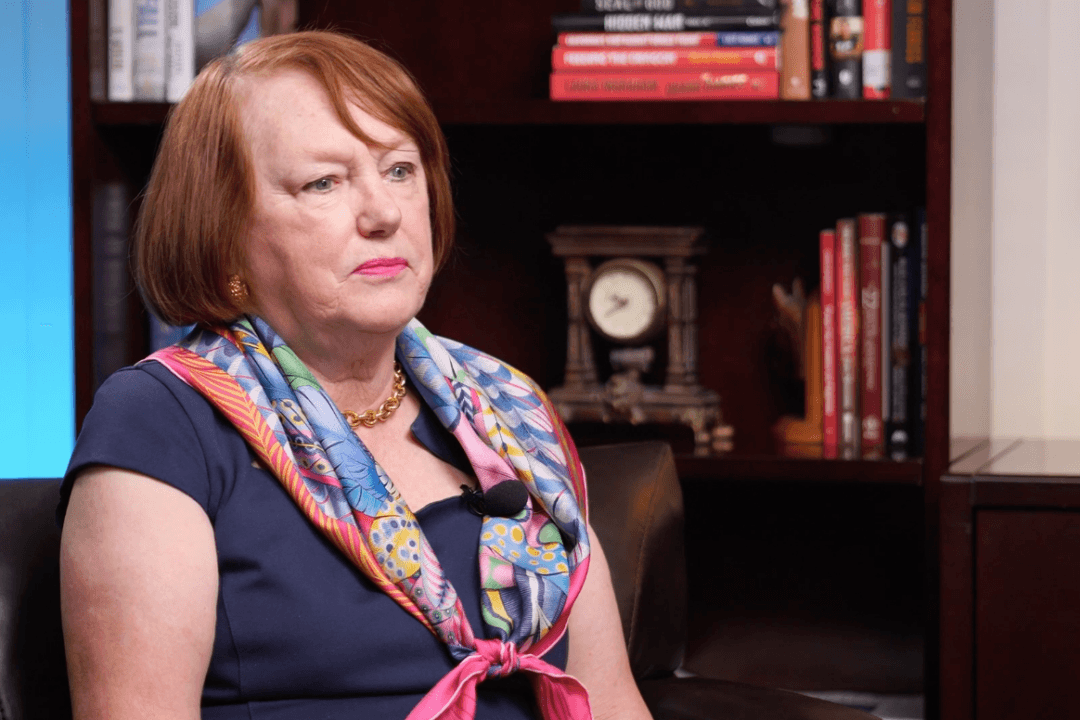The San Diego Association of Governments (SANDAG) board met on Oct. 29 virtually to discuss a four-cent-per-mile tax proposal that could impact every driver in San Diego County by 2030.
The proposed mileage tax is intended to supplement and eventually replace gas taxes, whose revenue has decreased considerably as gas mileage has increased and hybrid and electric cars ownership has grown exponentially in recent years.




